I have listened to a variety of experts, or at least knowledgeable photographers, who give their advice about the number of focus points to use with birds in flight.
The vast majority of those photographers suggest using somewhere around nine focus points, depending upon your camera. For Nikon, most of them have suggested using “Group” for your focus points with 9 focus points being the second choice.
With that in mind, since I am shooting with Nikon, I use group. That does work fairly well but honestly, even with the highly-rated focusing speed of the NikonD500 or the NikonD850, I still have a delay sometimes before the camera acquires the birds. This is primarily when I am shooting birds at a distance so they are a very small spot on the sensor. When the birds are close and are large in the viewer, the focus speed is very fast. Unfortunately, most of the time they are further away and more of a challenge.
Now that can be improved by changing your setting on the lens itself if you have the switch that allows you to choose from a certain number of meters to infinity. For example, my NIKKOR 500 PF allows you to choose between full focus range or from 8 meters to infinity. Limiting the focusing range prevents the lens from searching to find an object for focusing that is closer to 8 meters. This can make a really big difference.
Even with that, there are times with more distant, smaller targets when I wish it would focus faster.
I don’t know why that it didn’t enter my mind earlier, but for the birds in flight photography that I do most of the time, there is another setting that will work even better. But, of course, it has to be in the right circumstances.
Most of the time when I am shooting birds in flight, I am just outside my door sitting at the lake. For the most part, I have very little to interfere with or to confuse, the focusing mechanism — meaning that I am shooting at birds that are flying across the open sky with nothing else for the sensors to focus on.
The other morning, I was sitting by the water trying to take some pictures of Purple Martin’s, who can be difficult due to their erratic flying patterns.
My lens does a decent job of keeping up with the Martins, but sometimes when they make almost 180° turn and then fly straight up or straight down, the lens will lose focus. Then I have to stab at the focus button again, and it will reacquire it. Usually, it does so fairly fast but other times, when they have moved off in the distance, it has to search for just a bit. We are not talking about a long period of time, rarely would it be more than a second or two but when you are trying to take a photograph and trying to get it to focus in a second or two can seem like a very long time. That can be the difference between getting a spectacular shot and one that is far too soft or useable at all.
As I was sitting there thinking about my settings and the situation, I was considering doing some experimentation with different focusing. All at once, I realized, there was no reason to limit myself to the small group of focus points. The only reason you would use such a small group is to make sure that the camera acquired the bird itself and distracting elements like a tree or branch or any kind of structure. But I am shooting at the lake with almost the entire scene being in the sky. Most of the time, I had no focusing distractions the camera was likely to pick up on. So why should I need to limit myself to just a small number of focus points?
I changed my focus points to 52, which with the current settings I have on the camera was the next to the largest number of points I could choose.
As soon as the next Purple Martin flew by, I pointed a daddy, pushed by that focus button and it instantly acquired the bird. Even as he darted back and forth in his normal erratic pattern, the focus remained fairly steady. It was not perfect, but it’s a focus for a much longer period and through more erratic behavior on the verge part than it had with the smaller focus settings. The same thing happened when he was further away and I tried to focus – ZAP and I had him.
Did you ever have a new thought about something you were doing over and over again, and realize how stupid it was not to think of this earlier? Well, for me, this was one of those “smack your forehead moments”, where I realized it wasn’t very smart on my part not to have thought of this before.
Obviously, this setting with 52 focus points, is not going to be something that can be used in all situations with birds in flight. When I am out in the field, there are usually distractions with tree limbs, bushes, and other features. It is very different from the wide-open spaces I have when I am sitting on the Lakeside. Under the circumstances in the field, I will certainly have to go back to using either group or nine points of focus. But here at the wide-open spaces at the lake, I will set my focus points at a much higher number, such as 52, like I did this time.
So what does this prove? Well, other than I should have thought about this a long time ago. It just shows that if you want to improve your photography, you constantly have to evaluate what you are doing and how it might be done better.
With modern cameras and all of the dozens and dozens of settings, there is a wealth of opportunities to tweak the settings you are using to make small improvements.
There is another aspect of this to consider. In a way, I was merely following the instructions I had been giving on this website without really thinking that much about it. I give starting points for different situations. When you are looking for a starting point for a particular type of photography, then having the basics that need is very important. As a matter of fact, that is what this particular site is all about. But, remember it is a starting point and not the final answer. The whole idea of this is to give you the basics for getting started. Then, you make adjustments with those basic settings until you find the right combination of settings for what you are trying to do that minute of that day. In other words, you have a starting point that I give you and then you learn how to improve upon those basic settings.
After thousands of shots at birds in flight, I had stopped doing that. I had merely taken the basic settings I had been advised to use and had been using for tens of thousands of shots, without stopping to think and to try to improve on what I was getting. A big part of that, was because my results were good. The settings I was using were working quite well. Yes, there was the minor annoyance now and then of having a little bit of trouble acquiring a target — getting the focus to be faster — but it wasn’t enough for me to stop and think about all the aspects of the setting. That really is a critical next step after you get the basic starting point.
So, I feel dumb that it took me so long to come up with that change. But I also feel lucky that my brain finally clicked into place as it should have and I learned a very good lesson.
Use the information that is presented to you from this website and any other sources, but remember, they are a starting point. Most of the time you will be able to use the settings and equipment in the exact manner that we have presented. But, that doesn’t mean they cannot be improved upon depending upon your equipment, the conditions under which you are taking the photos, and many other parameters. They are starting points to get you on the road to becoming a better photographer.
So use the basic information but continue to question and to look for improvement in every aspect of your photography.
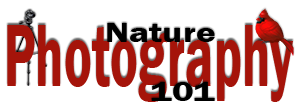
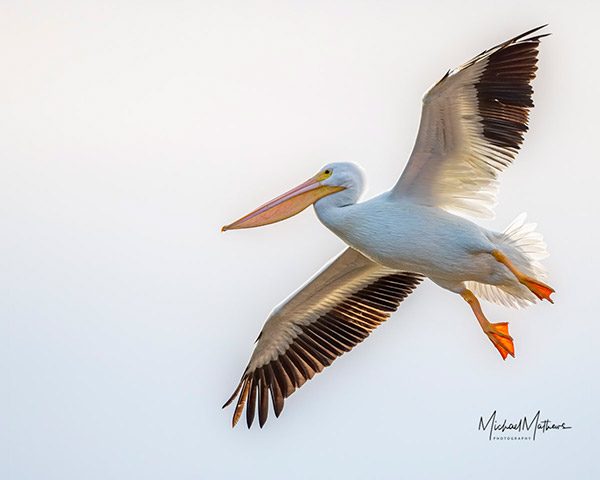

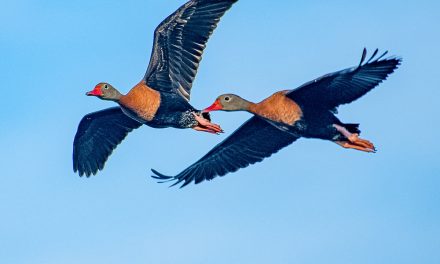
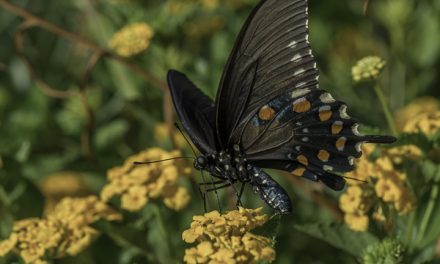

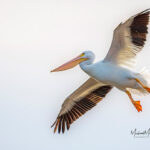
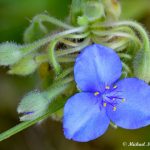
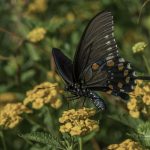
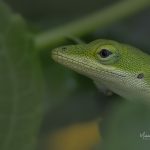

Recent Comments